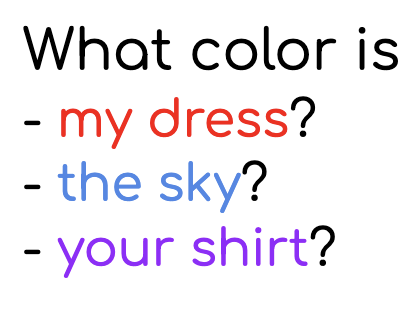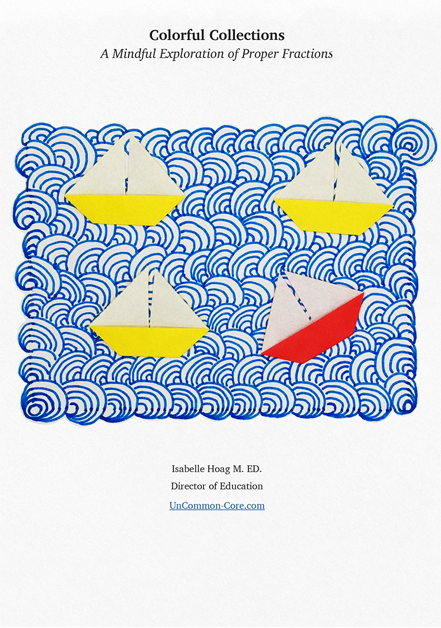
Part of ‘doing’ school in the United States is responding to display questions. These are questions teachers ask to give students a chance to demonstrate their understanding, their frame of mind, their active participation.
Some parents ask display questions at home, but most parents only ask questions to which they don’t already know the answer ~ What would you like for lunch? Did you like the book better than the movie? And so on.
Teach the unspoken rules of school. In addition to content, teach your students how to “do” school ~ discuss the ‘completely obvious,’ be prepared for display questions, learn to disagree with ideas rather than people.
Years ago when I taught third grade, some of my students also attended Saturday school in order to stay caught up with their first language and their peers who were schooled in that language.
All of these students were proficient at math. They were very polite during math class. They participated competitively even if sometimes they must have wondered at the methods of their American teacher.
During one class discussion about multiplication facts, I was explaining that it was worth remembering these facts because they were always the same and never changed. We talked about multiplying large items, tiny objects using all kinds of situations ~ area, length, volume, duration, value, and so on. One student suddenly realized that the multiplication facts were the same in English and in Dutch ~ her first language.
Handicapped by too much knowledge on this topic, it had never occurred to me that students might not implicitly understand that the multiplication facts had to be the same in all languages! OF COURSE they’re the same in any language. My student’s comment gave me valuable insight into their thinking/learning process. So, I asked other multilingual students in the class if the multiplication facts were the same in the other languages that they spoke. YES! It turned out they were the same.
Most students weren’t all that excited by this new bit of information. However, when I asked someone who attended Saturday school, they responded with trepidation. Yes, they agreed that the multiplication facts were the same in both languages. It was clear that like me, it had never occurred to them it could be any other way. It was also clear that they were a bit worried that I would consider this insanely basic obvious idea as worthy of an educational conversation.
Much later that year, one of the Saturday school students came up to my desk during math and asked me to show him how to solve a four digit addition problem with carrying. I was thrilled. I had no idea why on earth he thought he needed my help, but there he was at my side asking for me to teach him math.
I grabbed my pencil and pointed to the digits in the unit’s place. I don’t remember the digits ~ let’s say they were 1 and 3 ~ I do remember that their sum was 4. Like any good teacher, drawing the student along with them through the process of solving a problem, I asked a question designed to elicit an answer from the student. Of course, I knew that he knew the answer was 4, but I wanted to make sure we were working the problem together.
“What is one plus three?” I asked pointing to the digits and then the space where my pencil was poised to write the answer.
“Don’t you know?” He wasn’t a smart aleck, he was sincere, and worried about whether his American teacher was stupid or crazy.
Share This Story, Choose Your Platform!
Download Colorful Collections:
A Mindful Exploration of Proper Fractions
Help your students make sense of fractions.
I started teaching in 1987, which means I’ve collected many tips and tricks along the way. In this ebook, I share concepts, strategies, and classroom materials to help you make math sticky.
Along with this useful ebook, you will receive weekly emails from StickyMath@UnCommon-Core.com. I send information like: teacher tips, educational ideas, book reviews, curated lists, reviews of educational sites, and free first drafts of products that I’m creating for my TPT store. That way, you get helpful ideas and free stuff, while I get some feedback before I finalize products and put them up for sale.
I value your privacy. I will never sell your information. You may unsubscribe at any time.
All the best!
Isabelle
Isabelle Hoag M. Ed.

